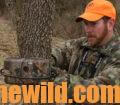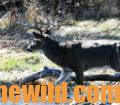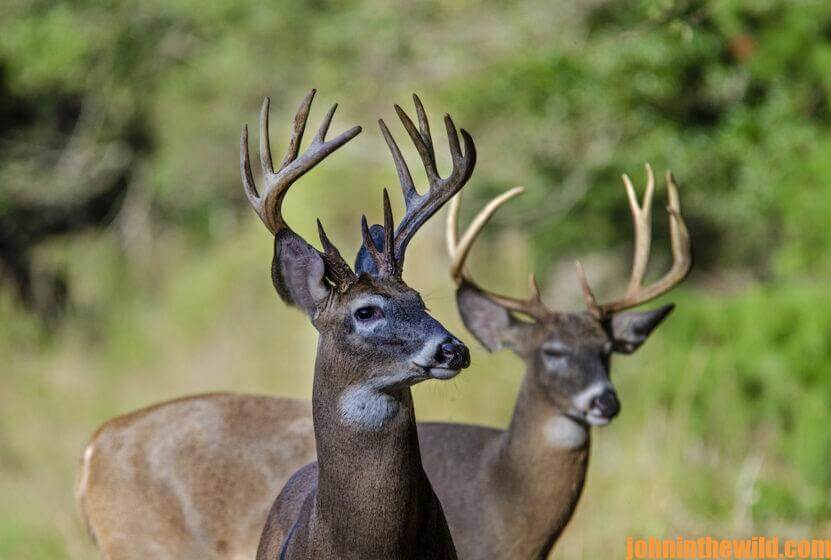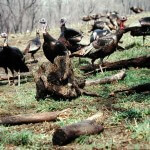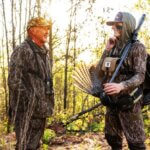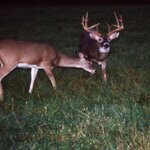Editor’s Note: Between the cover where deer bed down, and the places where they feed, big bucks are on the move and more vulnerable then.
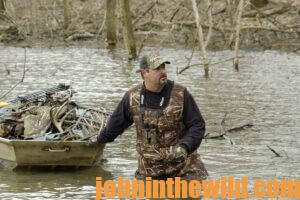 During droughts and in arid country, many deer often will concentrate around water holes or creeks. But remember – a large amount of the water required for a deer’s body maintenance comes from the food deer eat. So, watering holes may not be as preferred an area to hunt as other deer attractions. However, if fresh tracks and droppings are found, and a buck has been sighted at a water hole or along a creekbank, this region also may provide a preferred spot to encounter a mature buck.
During droughts and in arid country, many deer often will concentrate around water holes or creeks. But remember – a large amount of the water required for a deer’s body maintenance comes from the food deer eat. So, watering holes may not be as preferred an area to hunt as other deer attractions. However, if fresh tracks and droppings are found, and a buck has been sighted at a water hole or along a creekbank, this region also may provide a preferred spot to encounter a mature buck.
But there are some cautions. Remember that as a buck approaches a place he frequents regularly, he’s extremely conscious of danger. For this reason, the hunter should take a stand 50–100 yards away from the water hole. He also should plan to bag his buck coming to or away from the water as the animal may not be as easy to spook before or after he arrives at the water.
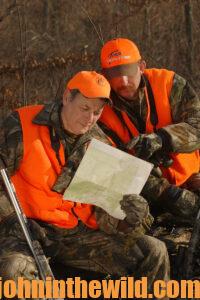
Crowded Places
One of the most-overlooked reasons for a deer to be on the move from one location to another is hunting pressure. Deer, like most other animals, are trainable. A friend of mine utilized this knowledge to take three trophy bucks in a recent season.
Every Saturday that Leroy Collins’ hunting club met to have a deer drive, they hunted the land the same way each time. Toward the end of hunting season, their deer drives produced fewer bucks. However, the people who stalked and hunted the land during the week saw big, antlered deer slipping through thick cover. Collins decided that, “The bucks must be leaving from the cover prior to our beginning the hunt.”
Acting on this assumption, Collins chose to stand on the back side of the woods on Saturday and waited for daylight. “The hunt was scheduled to begin at 8:00 am. Around 7:00 am, hunters started arriving in their pick-up trucks with yapping dogs and loud mouths. When the car doors slammed, and the laughter at jokes echoed through the woods, I started seeing deer slipping out of cover. Those smart whitetails knew exactly what was happening. By 7:30 am, I had a nice 8 point well within range.”
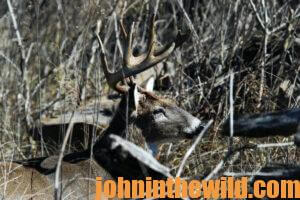
On three consecutive Saturdays, Leroy bagged mature bucks that the unknowing hunters had trained to leave before the hunt began because of hunting pressure. On most public-hunting lands after the first few days of hunting season, the hunters there have trained deer to move during certain periods of the day. For instance, deer will move just before daylight because that’s the time when hunters are moving. Then when daylight arrives, the deer often will bed down. About 11:00 am, many hunters will leave the woods to return to their vehicles for lunch. By noon, most hunters are out of the woods, and the deer can move from mid-day until 2:00 or 3:00 pm when the hunters return. At mid-afternoon, deer usually will bed down or head to thick cover, until the hunters leave the woods about 45 minutes before dark.
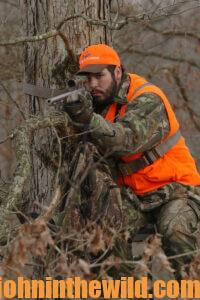
Employing this information a hunter can set-up several tactical game plans utilizing hunting pressure to his advantage, which will lead a nice buck to him. Knowing the deer will move to thick cover just before or at daylight, and most of hunters will be where they can see a long way, the wise woodsman will move into thick cover, get high in a tree and have limited visibility of maybe no more than 10–30 yards. But knowing the bucks will move away from the pressure into the cover, the hunter will have a better chance to taking a whitetail than the ridge sitters who have views of 200–400 yards.
The mid-day hunter – the one who goes into the woods at 10:00 am and takes a stand on the edge of heavy cover until 2:00 pm – may see more deer than the early or the late hunters. Also, the hunter who’s not afraid to walk out of his hunting place after dark using his GPS may be able to sight-in on a trophy buck in the last 10 minutes of light when the deer are moving, and the rest of the hunters are headed to their vehicles.
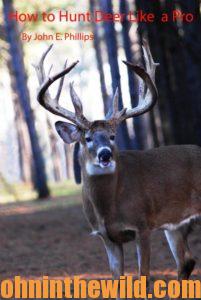 To learn more about hunting deer, check out John E. Phillips’ book, “How to Hunt Deer Like a Pro,” available in Kindle, print and Audible versions, at (http://amzn.to/YpoQHA). You may have to copy and paste this link into your browser. (When you click on this book, notice on the left where Amazon says you can read 10% of the book for free, and you can hear 10% for free).
To learn more about hunting deer, check out John E. Phillips’ book, “How to Hunt Deer Like a Pro,” available in Kindle, print and Audible versions, at (http://amzn.to/YpoQHA). You may have to copy and paste this link into your browser. (When you click on this book, notice on the left where Amazon says you can read 10% of the book for free, and you can hear 10% for free).
On the right side of the page and below the offer for a free Audible trial, you can click on Buy the Audible book. To see more of John’s deer books, visit www.amazon.com/author/johnephillips.
Tomorrow: Take Deer by Learning about Weather

